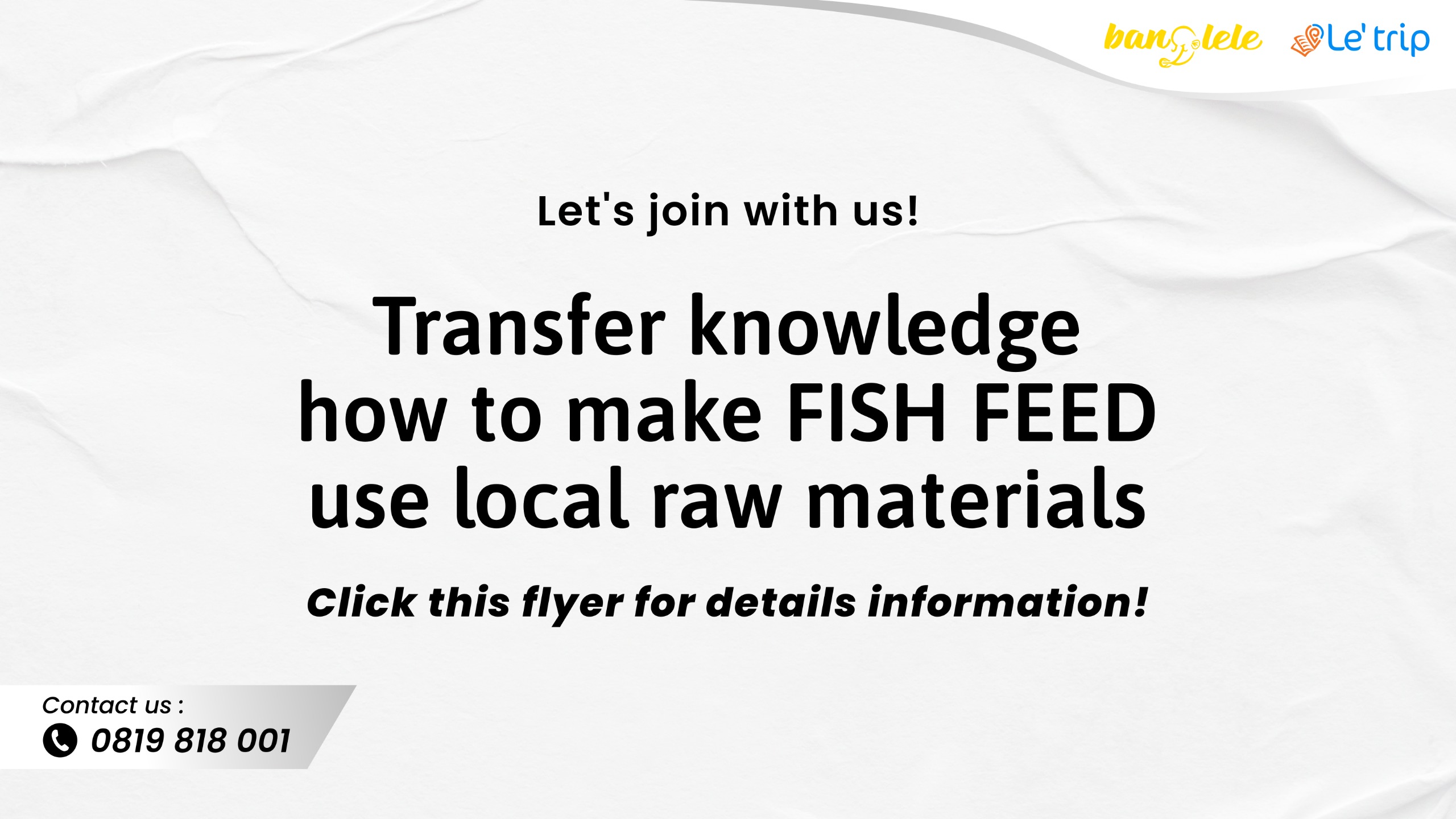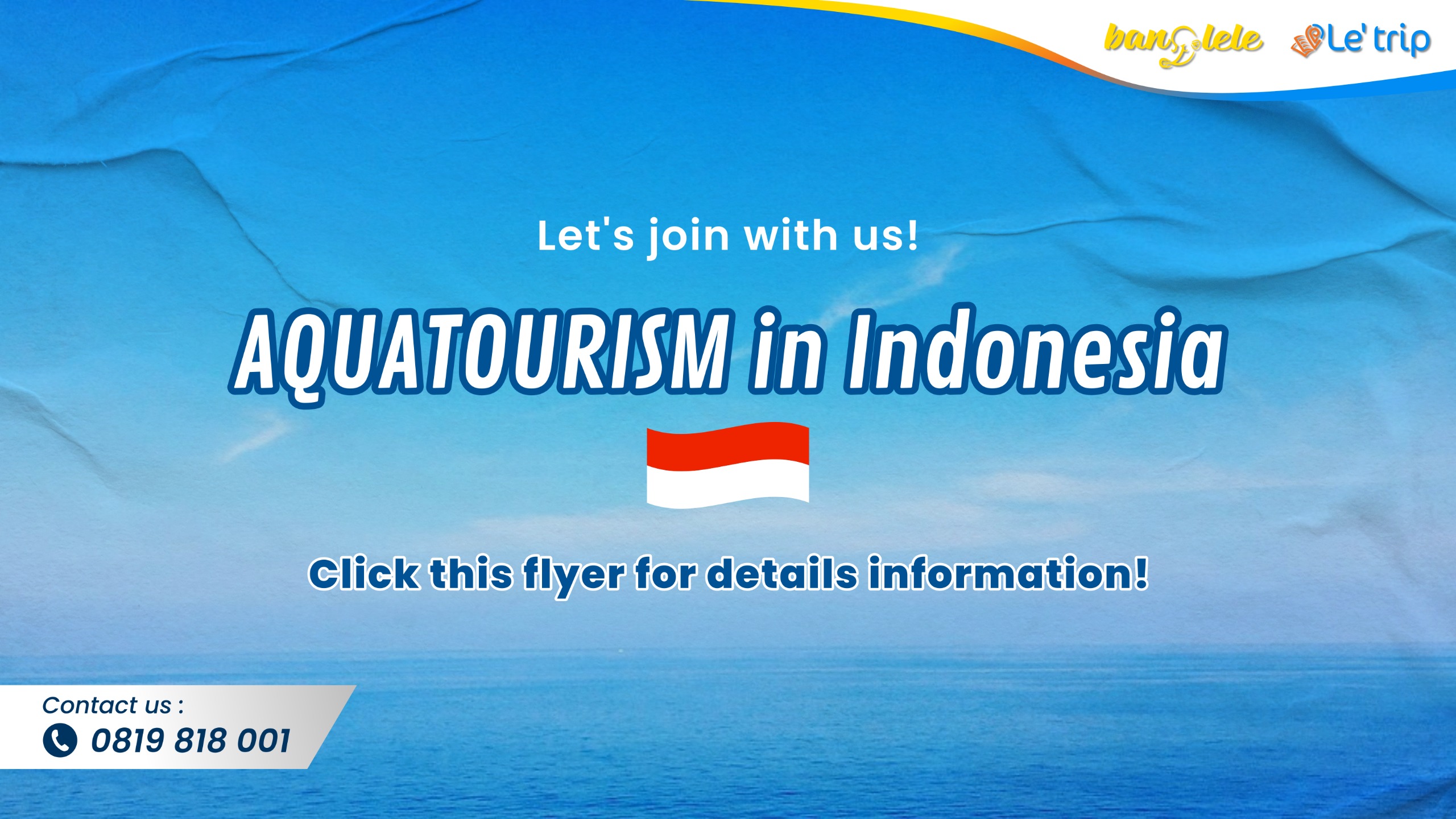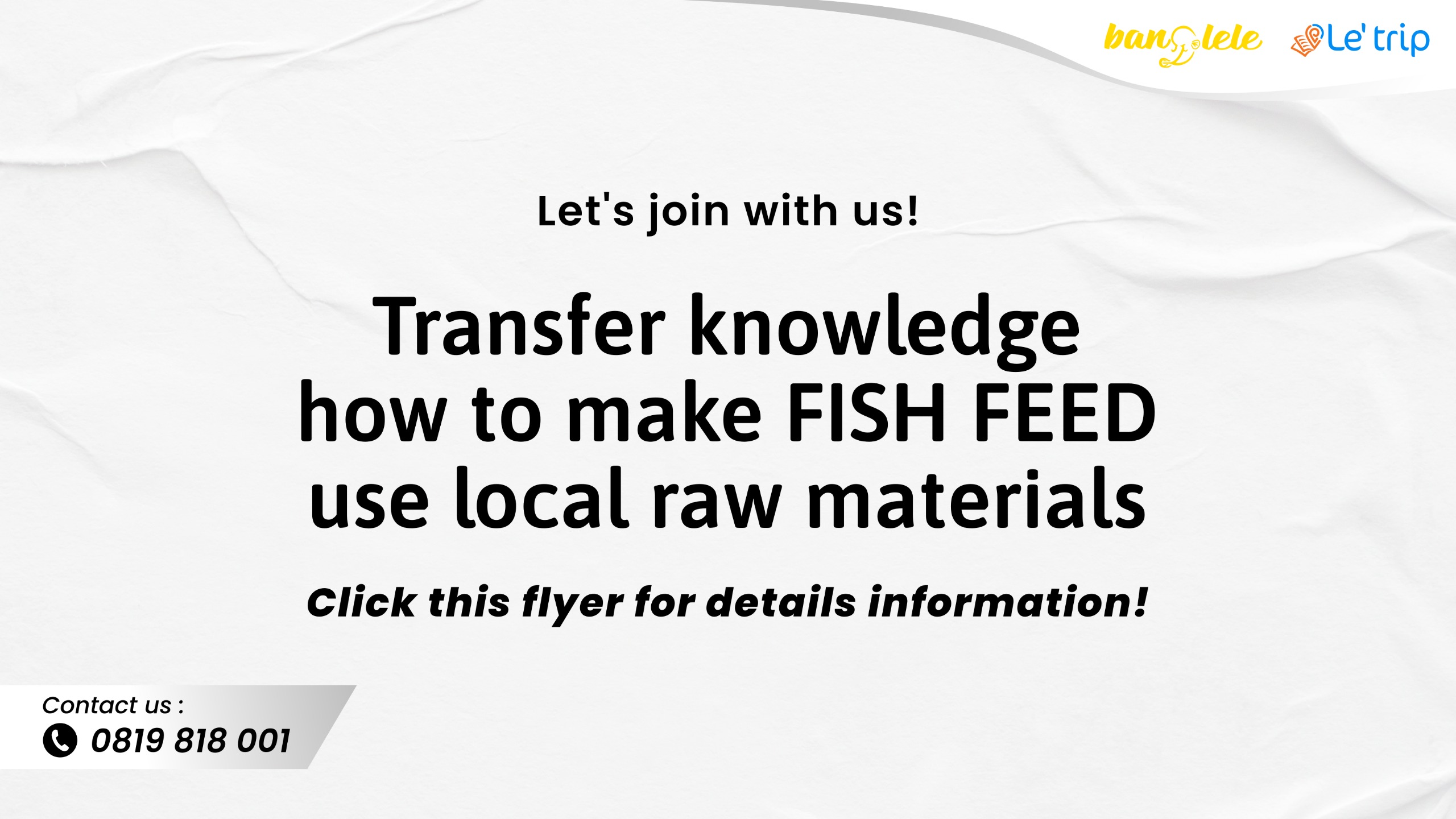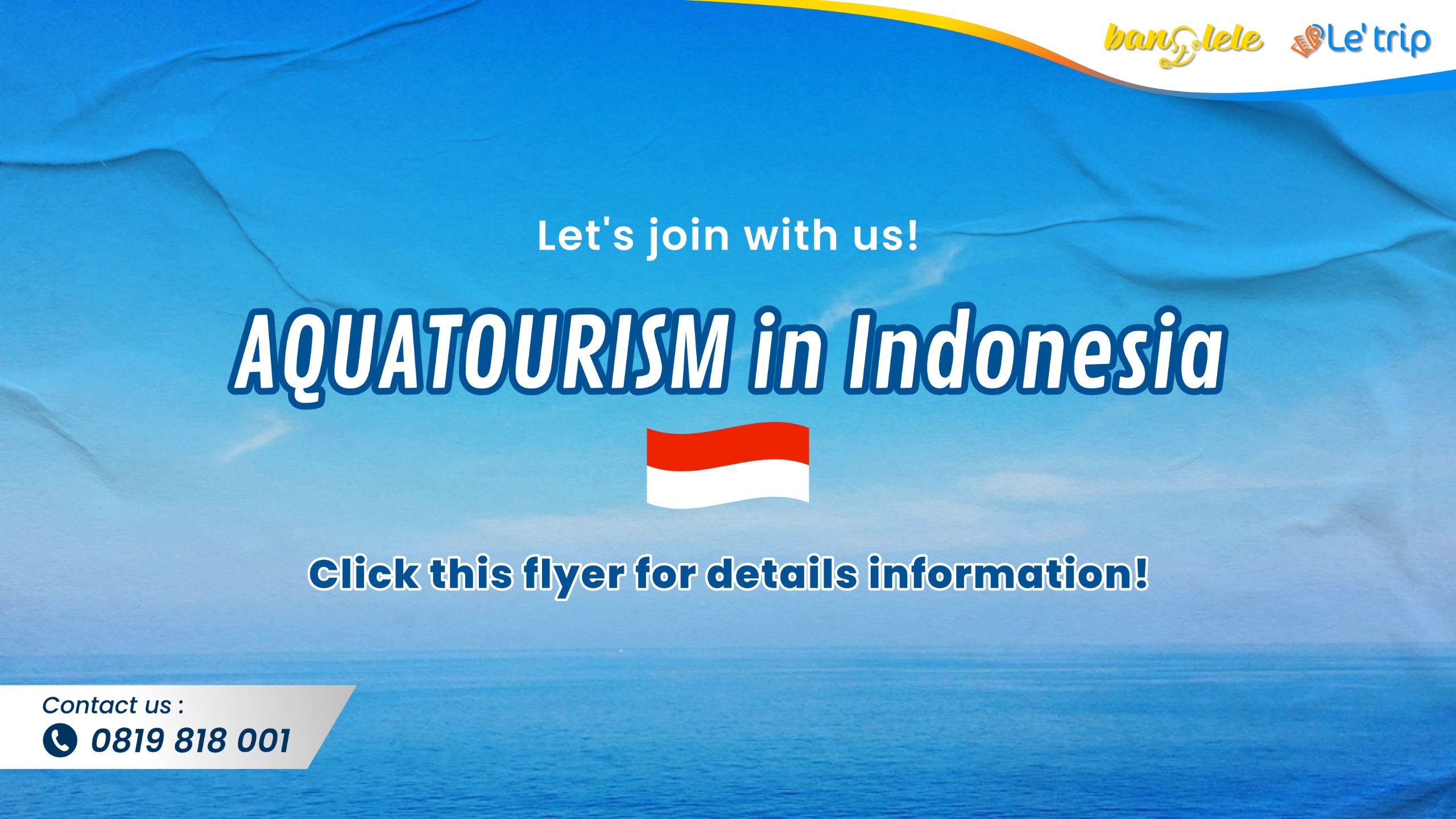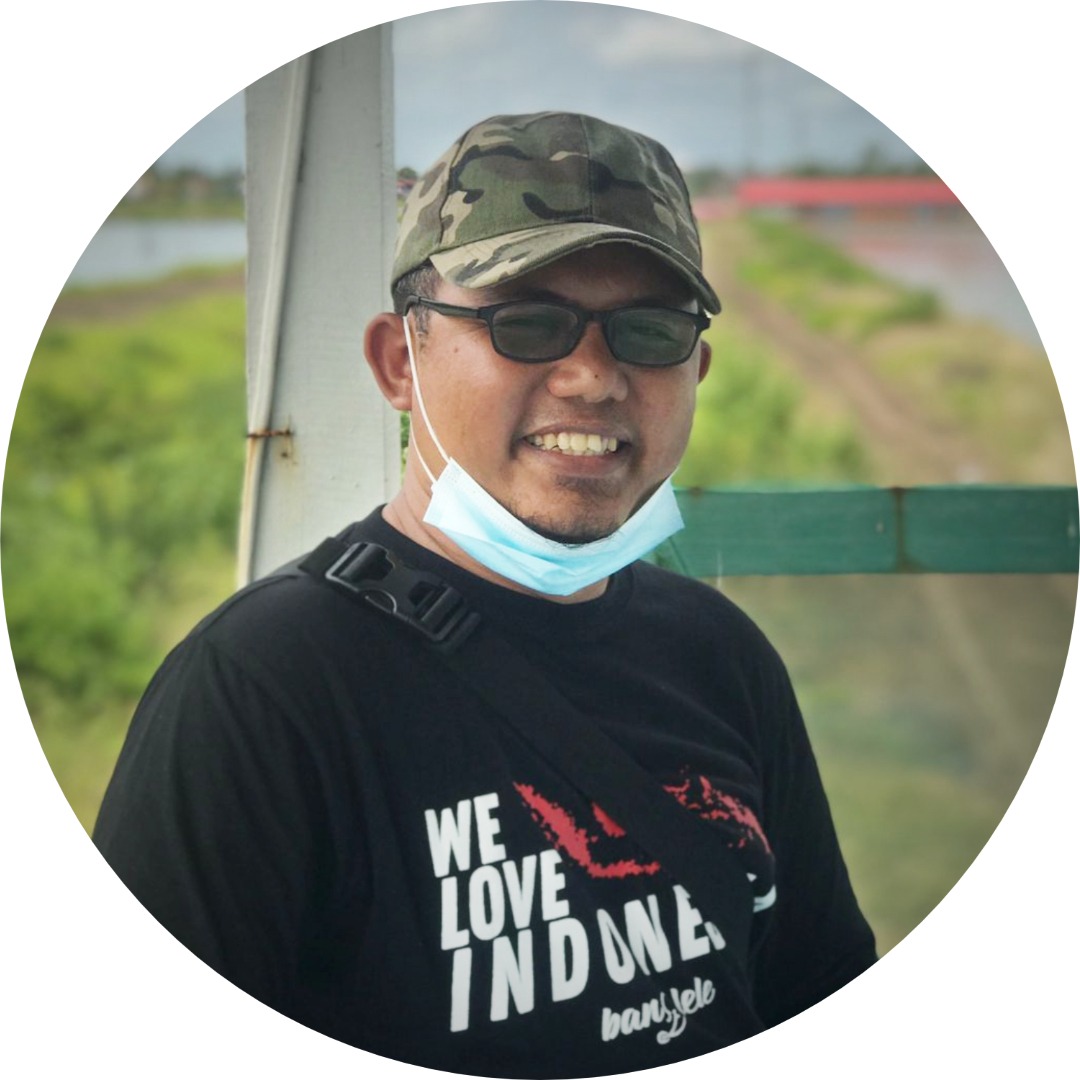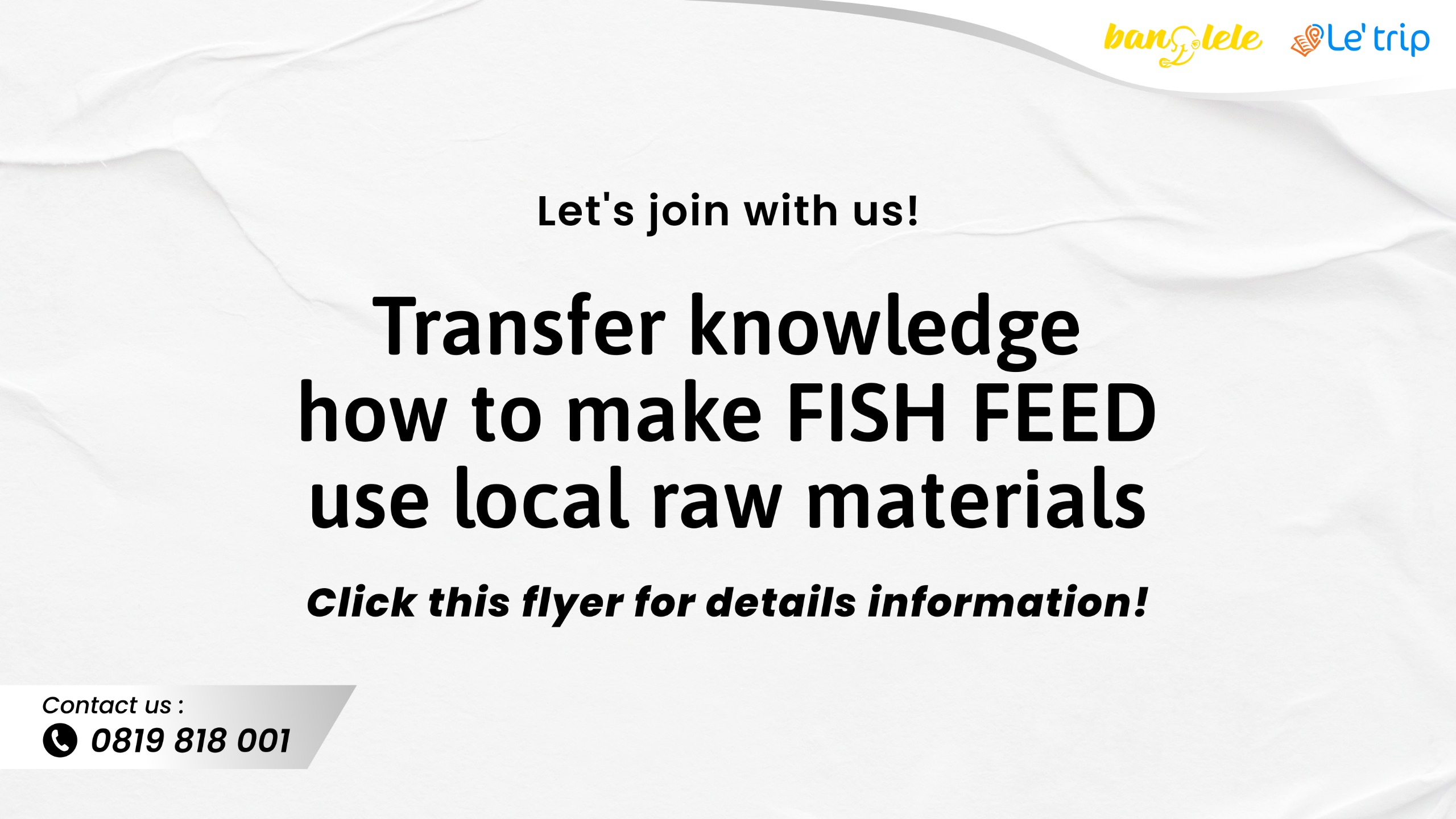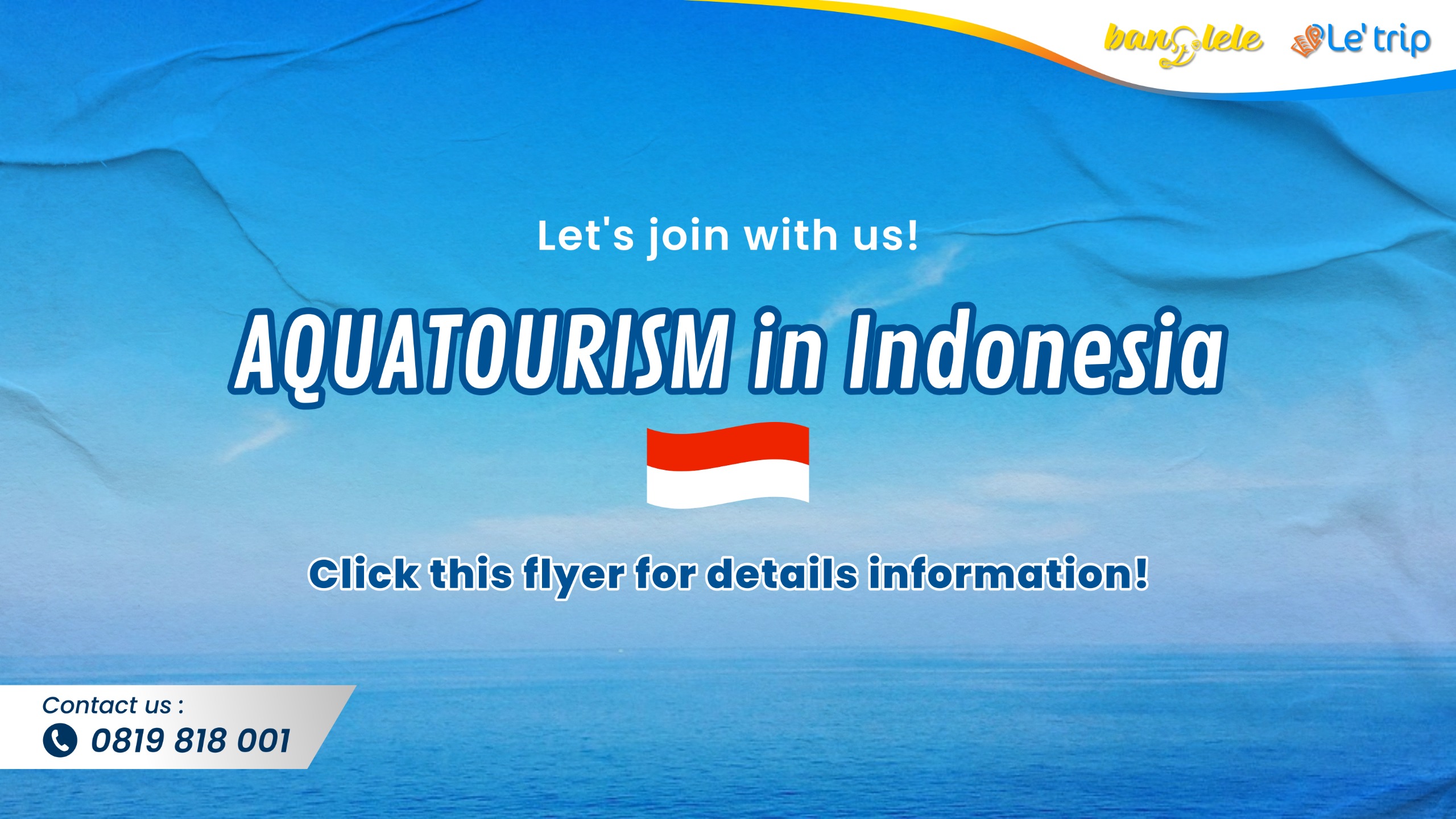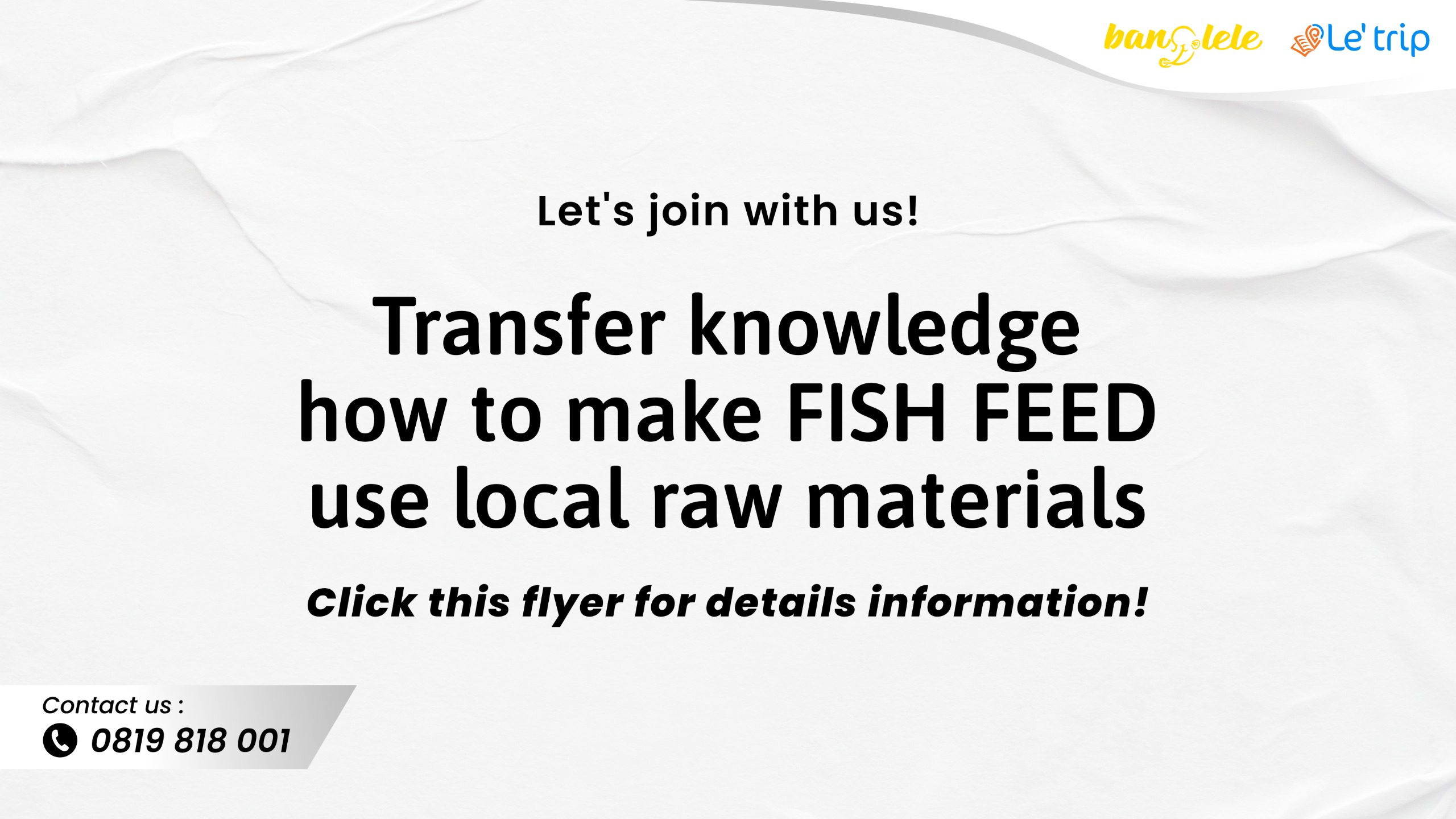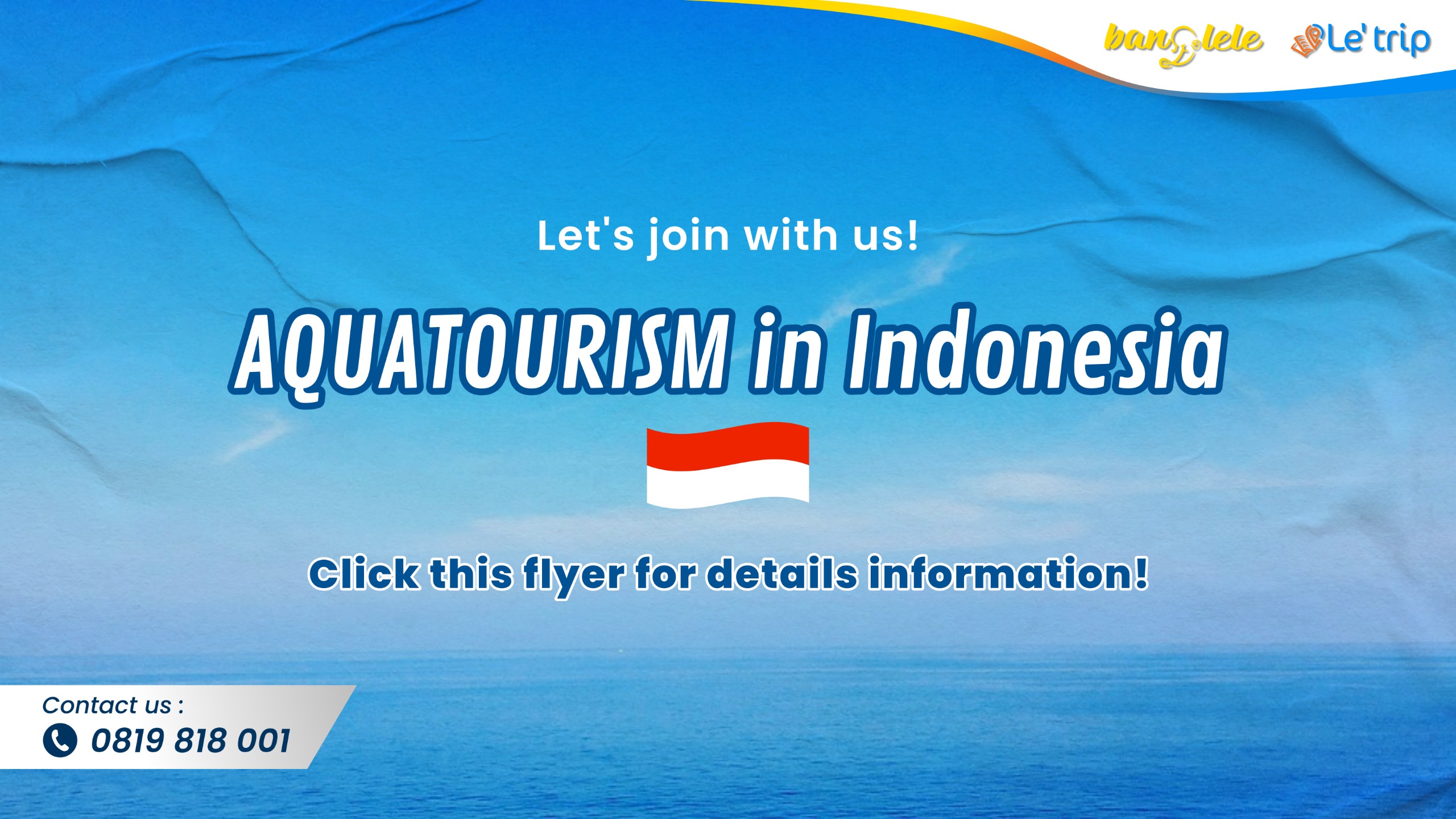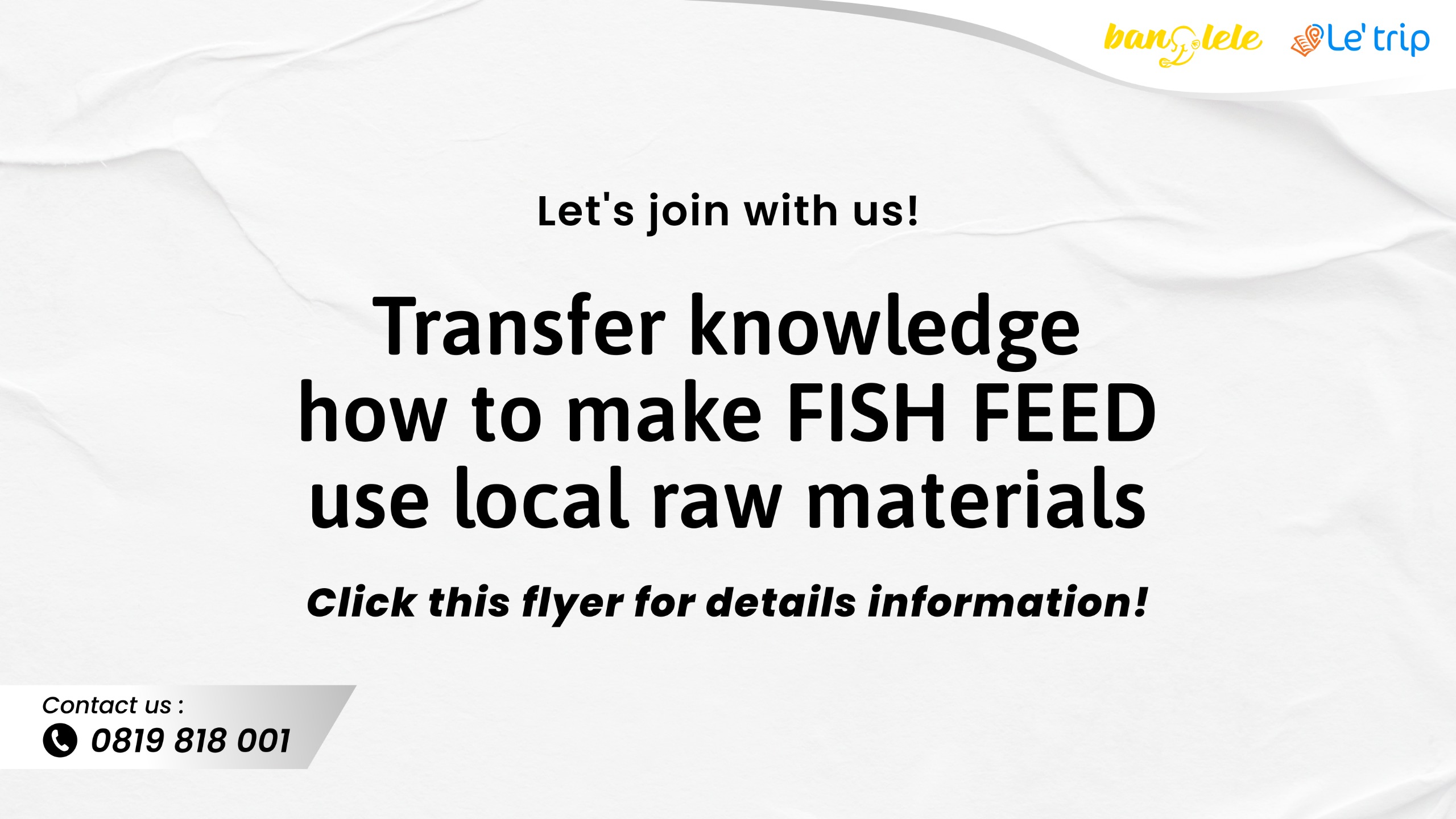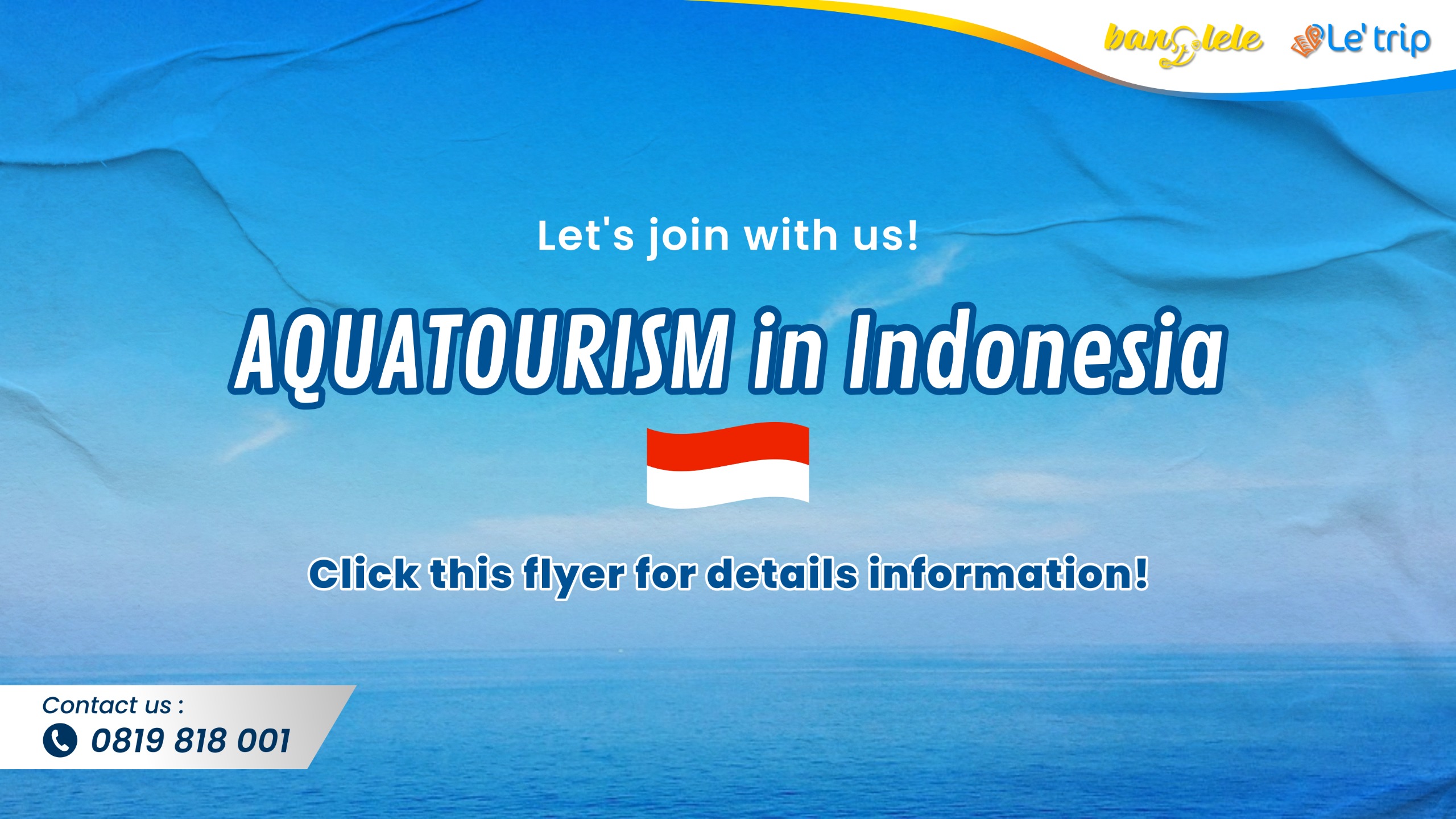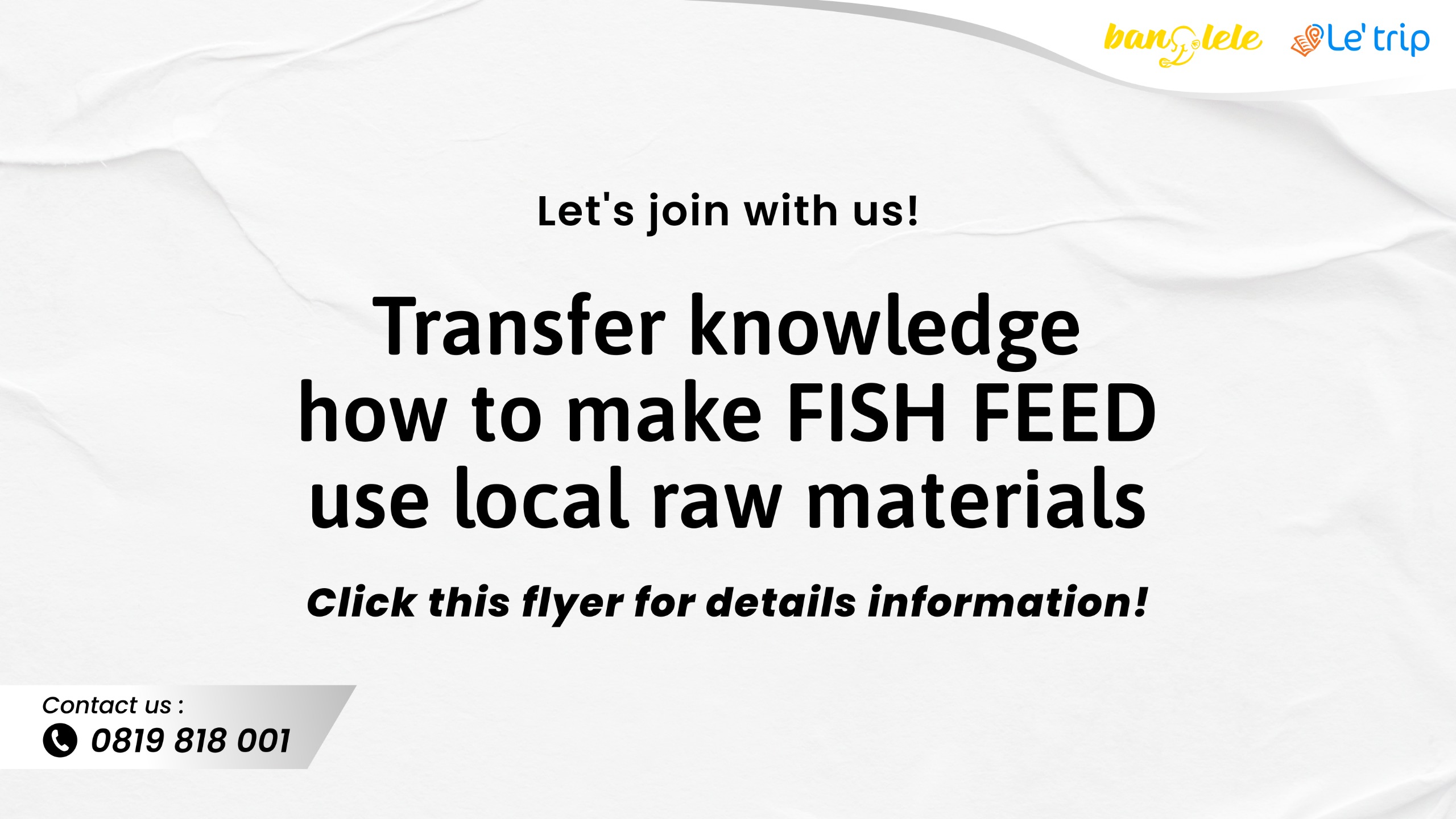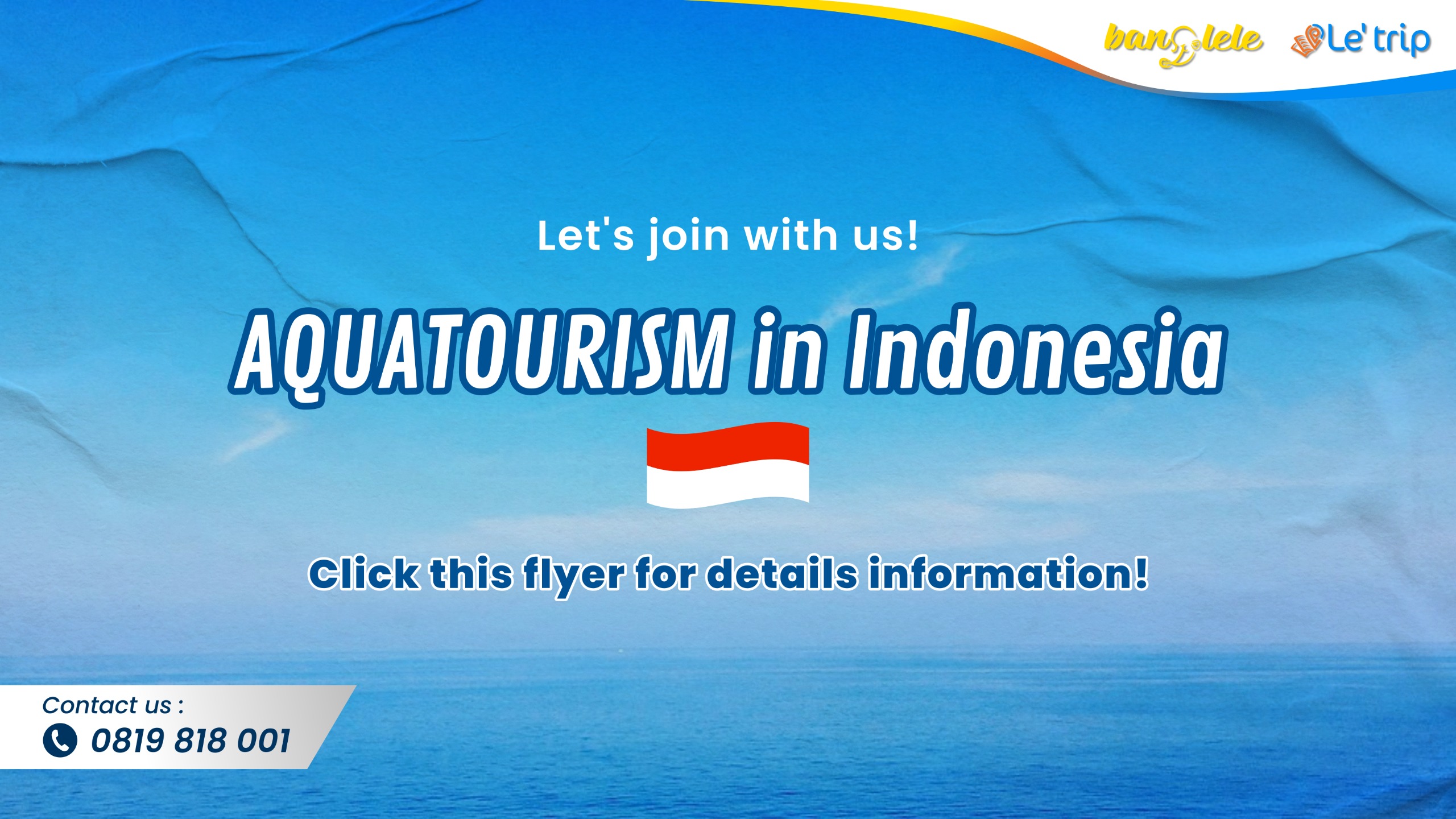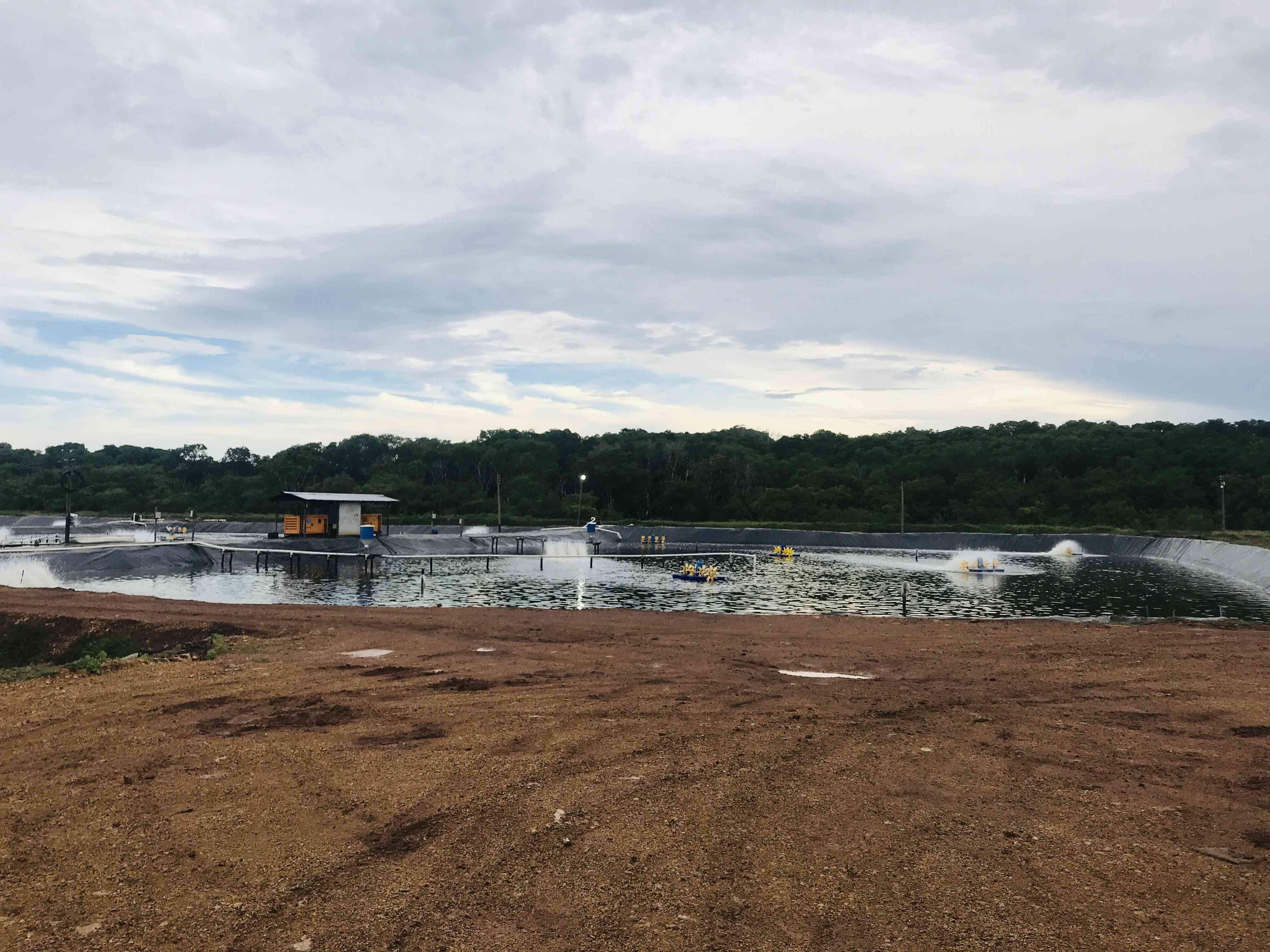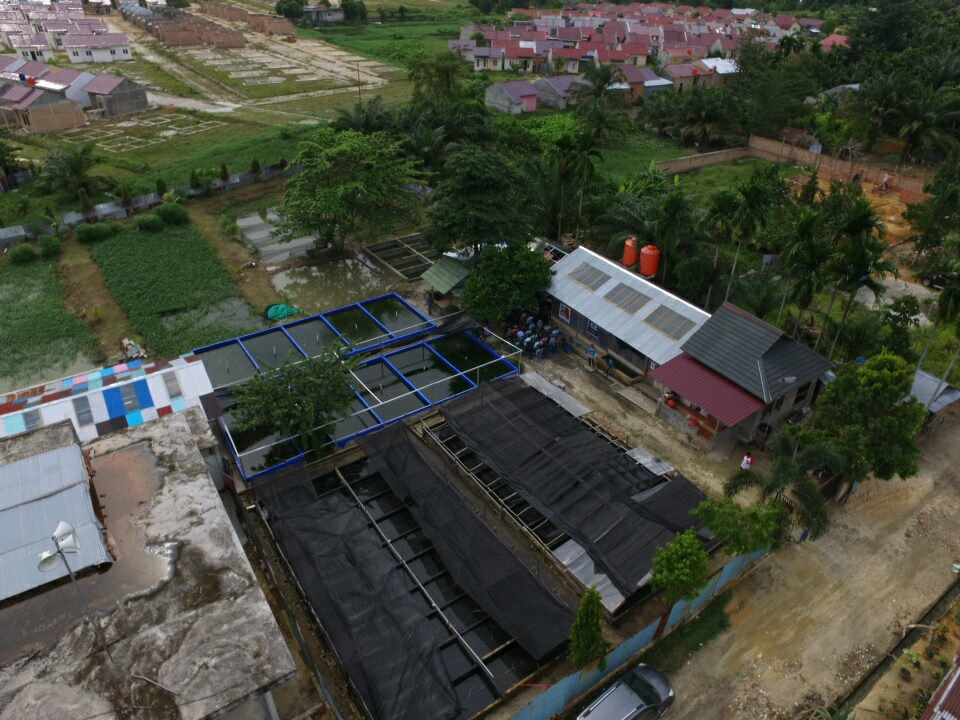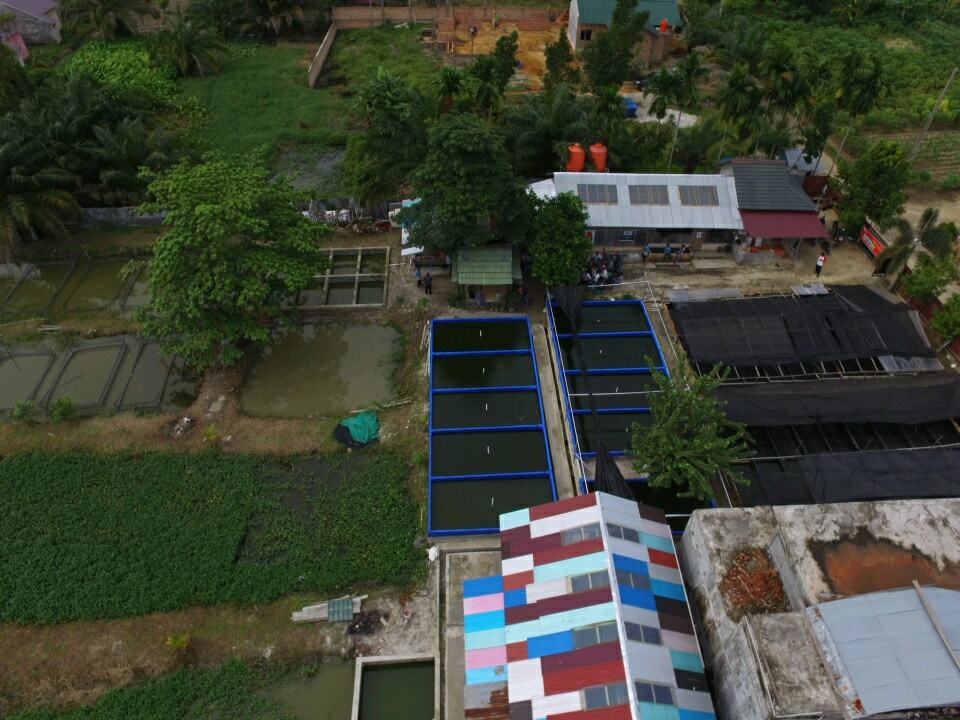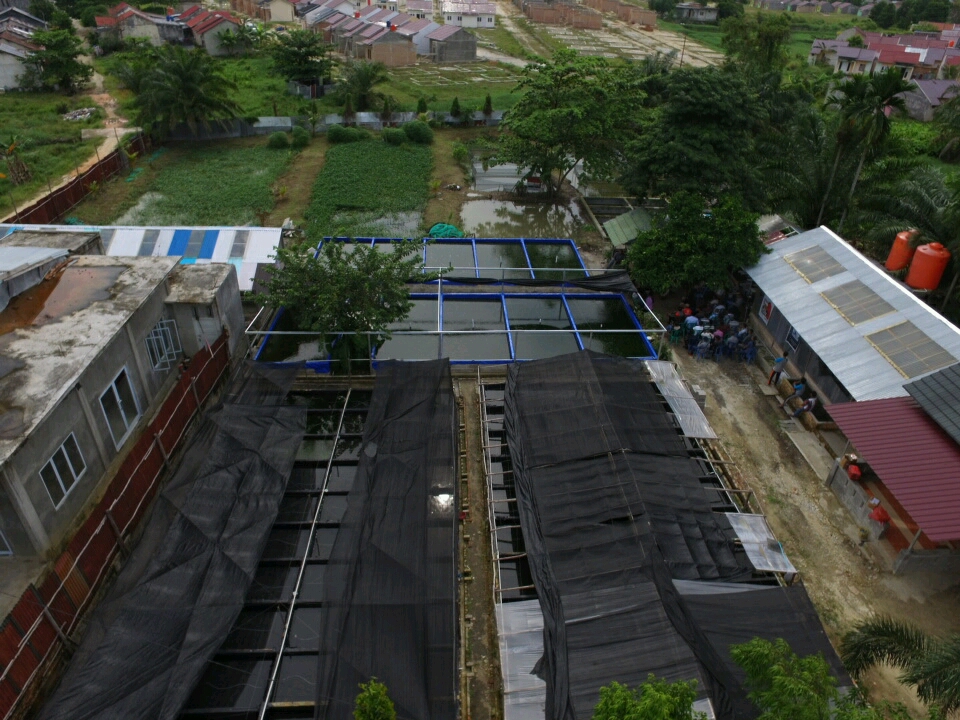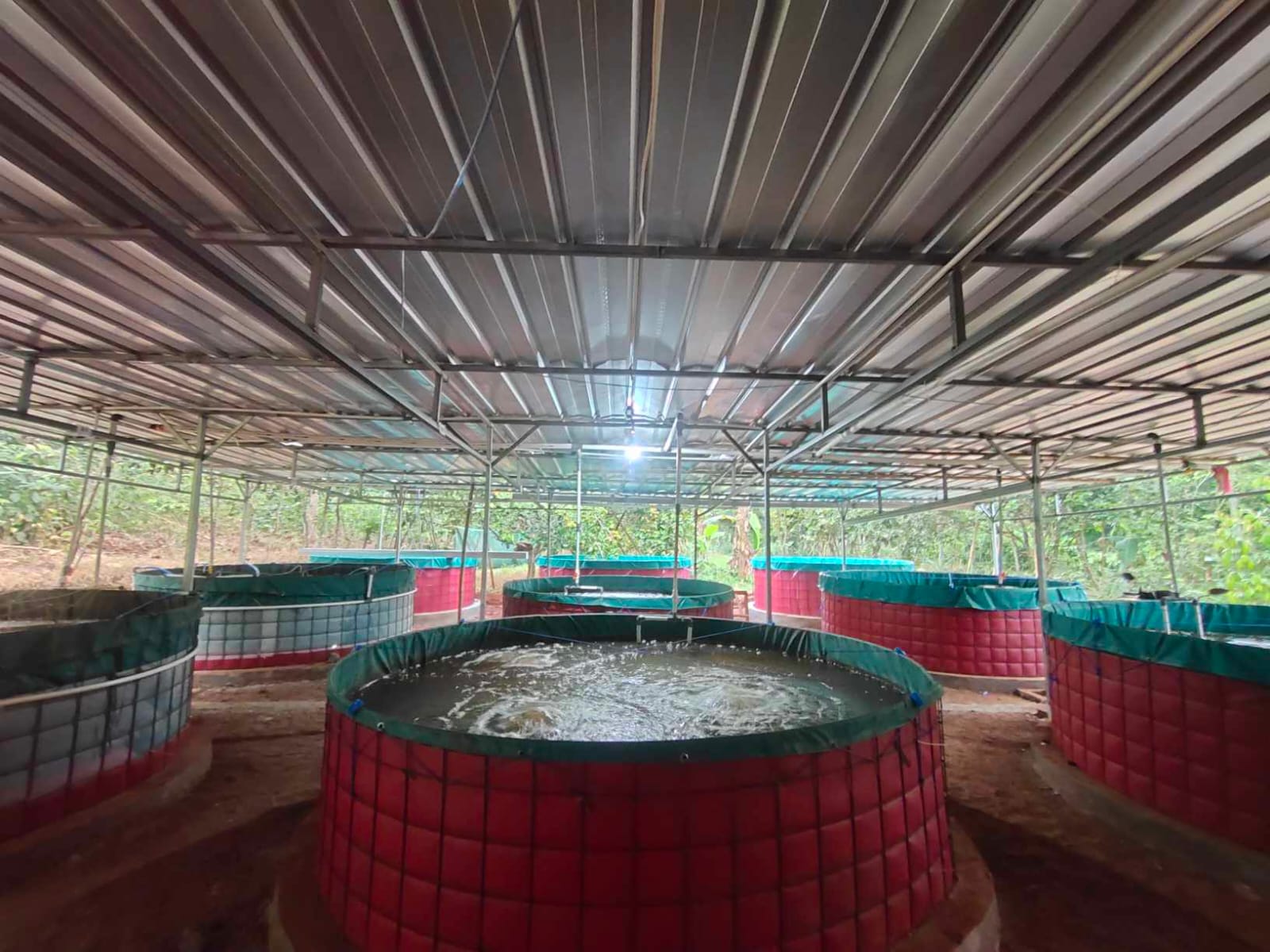Aquaculture, as the activity of producing aquatic organisms in controlled environments such as ponds, tanks and cages, is gaining global recognition as an essential contributor to food and nutritional security in the 21st century. Despite this, Kuwait faces a high risk of food unsustainability due to its heavy dependence on imported fishery products. The country has not yet fully exploited the potential of aquaculture, mainly because its development is still in its early stages.
In this context, cooperation with Indonesia, which has extensive experience in developing aquaculture, is a positive step to overcome these challenges. Indonesia has succeeded in building a resilient and sustainable aquaculture industry, and the transfer of knowledge and technology between the two countries can provide a significant boost to the development of aquaculture in Kuwait. By synergizing, the two countries can build a strong foundation for local production, reduce dependence on imports, and achieve more sustainable food self-sufficiency.
Status of aquaculture in Kuwait
Global aquaculture production reached its peak in 2020, reaching 88 million tons with sales reaching USD 265 billion. Unfortunately, Kuwait is still struggling to achieve a level of food self-sufficiency in the aquaculture sector and remains highly dependent on food imports from other countries. Although there have been efforts since 1983 through research by the Kuwait Institute for Scientific Research (KISR), it was only in 1990 that the sector gained momentum through collaboration between the Public Authority for Agriculture Affairs and Fish Resources (PAAFR) and KISR.
In 1997, a significant step was taken with the start of commercial production of fish Gilthead Seabream and Sobaity Seabream using floating cages in Kuwait Bay. Despite progress, aquaculture production remains low, demonstrated by average tilapia production of 273 tonnes per year from 2000 to 2014. Nonetheless, measures such as these provide the basis for further growth.
Even though it has potential, challenges such as limited water resources, low water quality, and dependence on fish feed imports are still obstacles. Thus, further commitment is still needed to overcome these obstacles and increase aquaculture production so that Kuwait can achieve food self-sufficiency and reduce dependence on imports.
Aquaculture development in Kuwait
Several important steps have been taken to develop aquaculture in Kuwait. PAAFR has established a special division, namely the Aquaculture Division, which is responsible for the regulation and administration of aquaculture activities in the country. They not only identify suitable fish and suitable locations for farmers, but also provide licenses and subsidies to encourage the growth of the industry.
The identification of two new potential locations for aquaculture is a strategic step in efforts to increase fisheries production in Kuwait. The first location, in the Al-Kiran area on the South Coast of Kuwait, has been designated for the development of floating cage cultivation. Meanwhile, a second location in the Al-Sabiyah area on the South Bank of Khor Al-Sabiyah, has been prepared specifically for shrimp cultivation.
Integrated tilapia farming practices have been carried out in three agricultural areas in Kuwait, namely Al-Abdaly, Al-Wafra, and Al-Sulybia. This reflects the diversification of aquaculture businesses in the country, utilizing systems that integrate agriculture and aquaculture.
The establishment of an experimental marine fish hatchery by KISR and a tilapia hatchery in Al-Wafra by PAAFR reflects the huge growth potential in aquaculture production in Kuwait. These steps demonstrate the commitment of the government and research institutions to develop aquaculture production capacity, create new economic opportunities, and achieve fisheries food self-sufficiency in the future.
Cooperation with Indonesia
In an effort to increase aquaculture production and achieve food self-sufficiency (food security), Kuwait has established cooperation with Indonesia, which has been successful in developing the aquaculture industry. Through the International Trade & Tourism Forum Exhibition (ITTFE) organized by the Embassy of the Republic of Indonesia (KBRI) in Kuwait City, this cooperation was facilitated by involving IPB University and Banglele Indonesia as potential partners.
This cooperation occurred thanks to the full support of the Indonesian Embassy in Kuwait City for IPB University and Banglele Indonesia in implementing the ITTFE last November. The support and facilities provided by the Indonesian Embassy in Kuwait City opened up opportunities for strategic cooperation between Kuwait and Indonesia through IPB University and Banglele Indonesia in developing the aquaculture sector in Kuwait towards food self-sufficiency. This synergy is expected to accelerate the growth of Kuwait's aquaculture industry and reduce dependence on seafood imports.
Indonesia has potential aquaculture commodities such as barramundi, tilapia, and vannamei shrimp which can be the focus of cooperation. Barramundi, with its high meat quality, can be one of the superior choices to be developed in Kuwait. Tilapia, with its fast growth, is also an attractive option for diversifying aquaculture production. Meanwhile, vannamei shrimp has proven to be successful in large quantities and can be a significant contributor to Kuwait’s fish supply.
IPB, with its expertise and facilities, can provide assistance in technology transfer, training, and joint research to enhance Kuwait’s aquaculture capacity. In addition, as a technology research institution, it can assist in the development of efficient and environmentally friendly aquaculture systems.
Strengthening cooperation; steps towards aquaculture self-sufficiency
1. Technology and knowledge transfer; collaboration between Kuwait and Indonesia can begin with technology and knowledge transfer involving experts from IPB. This involves introducing the latest methods in aquaculture management, selection of superior seeds, efficient use of feed, and sustainable husbandry strategies.
2. Training and capacity building; capacity building of local farmers in Kuwait is essential. With the assistance of IPB, training programs can be organized to introduce the latest techniques in barramundi, tilapia, and whiteleg shrimp farming. This involves practical learning in the field and addressing special situations that farmers may encounter.
3. Joint research; IPB and KISR can form a partnership to conduct joint research related to aquaculture development. This involves research on the most suitable local species, innovation in aquaculture technology, and development of integrated systems that optimally utilize local resources.
4. Market development; in an effort to increase the economic acceptance of aquaculture, an effective marketing strategy is needed. IPB can assist in developing marketing strategies for barramundi, tilapia, and vannamei shrimp in Kuwait. This involves identifying potential markets, product branding, and sustainable marketing approaches.
5. Infrastructure and resource management; IPB together with Banglele Indonesia can provide assistance in planning and developing efficient and sustainable aquaculture infrastructure. This involves designing water systems, waste management, and optimizing water resources to ensure sustainability and minimize environmental impacts.
6. Institutions and policies; in this collaboration, it is important to create a policy framework that supports aquaculture development in Kuwait. PAAFR can collaborate with relevant agencies in Indonesia to discuss and implement regulations that facilitate the growth of the aquaculture sector.
7. Monitoring and evaluation; a monitoring and evaluation system needs to be established to measure the success and impact of this collaboration. This could involve measuring production growth, increased farmer incomes, and contributions to food self-sufficiency.
Potential aquaculture commodities
1. Barramundi fish; barramundi is known for its delicious and high-quality meat. With the right environmental conditions, this fish can grow quickly and become an attractive choice for Kuwaiti consumers.
2. Tilapia; tilapia is a fast-growing freshwater fish species. With the right aquaculture conditions, tilapia production can be significantly increased, providing a sustainable source of protein for the people of Kuwait.
3. Vannamei shrimp; vannamei shrimp has become a mainstay export commodity for Indonesia. With good management, vannamei shrimp aquaculture can make a major contribution to local production in Kuwait and increase the diversification of fishery products.
Aquaculture in Kuwait; innovation in urban and desert environments
Urban aquaculture in Kuwait
Urban aquaculture has an important role to play in addressing the challenges of limited land and the need for local food production in Kuwait's urban areas. With limited space, innovative solutions such as rooftop aquaculture, vertical farming, and aquaponics can be explored. Rooftop aquaculture involves setting up fish tanks or aquaponics systems on the roofs of buildings, providing efficient use of space and contributing to local fish production.
Desert aquaculture
In the context of Kuwait’s largely arid environment, desert aquaculture offers a unique set of challenges and opportunities. The development of aquaculture systems adapted to desert conditions, such as integrated systems that efficiently utilize desert resources, can be explored. Water conservation techniques and the use of salinity-tolerant species are important components of desert aquaculture, contributing to sustainable practices in water-constrained areas.
Recirculating Aquaculture System (RAS)
Recirculating Aquaculture Systems (RAS) are gaining popularity in Kuwait as they offer a sustainable and efficient way to manage water resources. RAS involves circulating water through a closed system, minimizing water use and reducing environmental impacts. Implementing RAS in Kuwait can help address challenges associated with water shortages and maintain optimal conditions for fish growth.
Biofloc technology
Biofloc technology is an innovative approach to aquaculture that encourages the development of microbial communities to maintain water quality. This system relies on the cultivation of beneficial microorganisms, creating an environment that enhances nutrient cycling and reduces the need for water exchange. In Kuwait, where water conservation is critical, biofloc technology can contribute to sustainable aquaculture practices.
Aquaponics
Aquaponics combines aquaculture and hydroponics, creating a symbiotic relationship between fish and plants. Fish waste provides essential nutrients for plant growth, and plants help filter and clean the water for the fish. This integrated system can be adapted to urban environments, offering an efficient and space-saving way to grow both fish and plants.
Zero Water Discharge (ZWD)
Zero Water Discharge (ZWD) is an approach that aims to minimize or eliminate the release of wastewater from aquaculture systems into the environment. Implementing ZWD practices in Kuwait is essential for water conservation and preventing environmental pollution. Technologies such as efficient water treatment systems and waste management can contribute to achieving ZWD in aquaculture operations.
Apartment Aquaculture
Apartment aquaculture is a micro approach to fish farming, suitable for urban dwellers with limited space. Using a small-scale aquaponics or aquarium system, individuals can grow fish in their apartments, contributing to local food production and strengthening the connection between urban residents and the food they consume. Educational initiatives can promote apartment aquaculture as a sustainable and attractive activity for urban communities.
